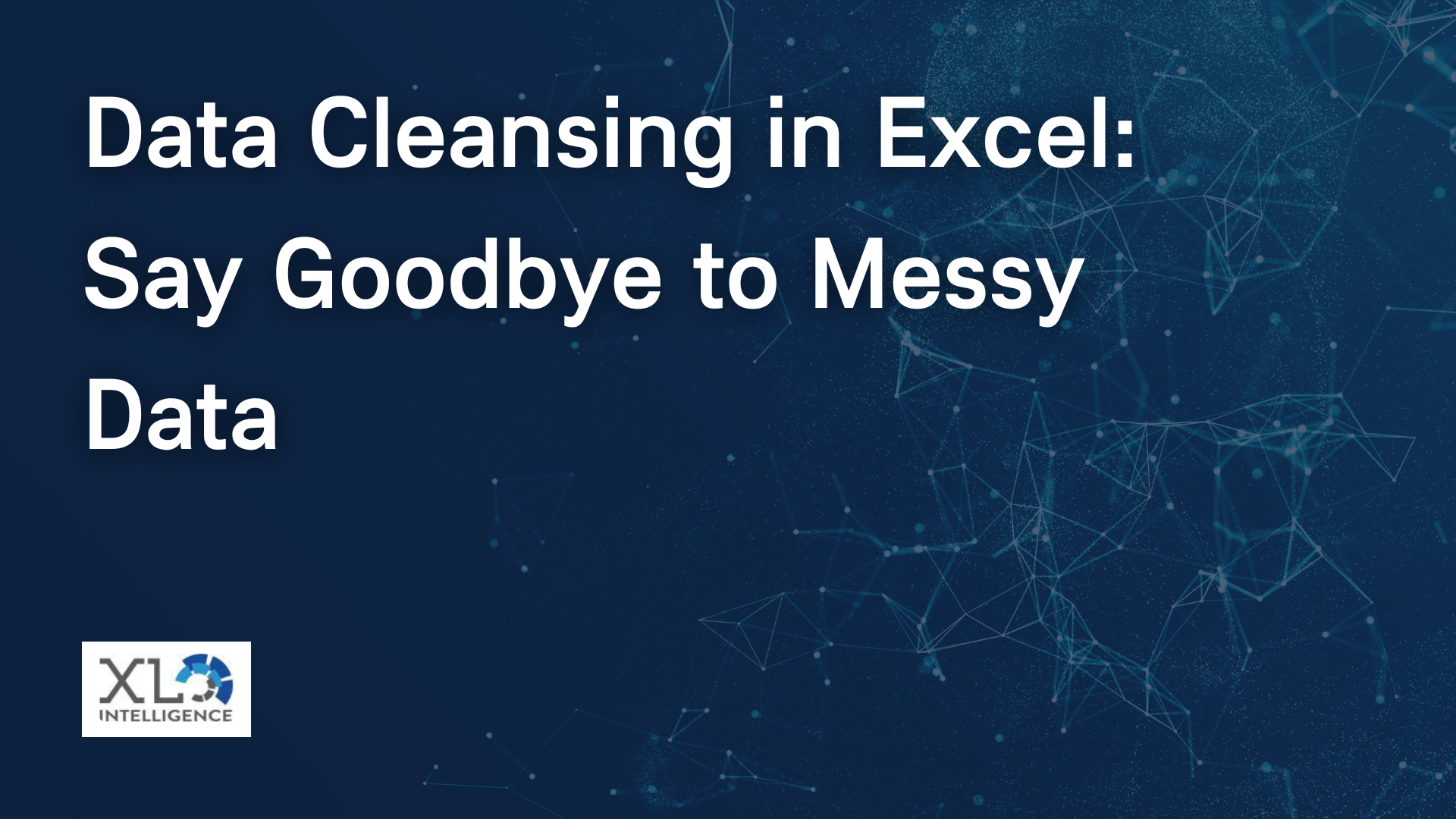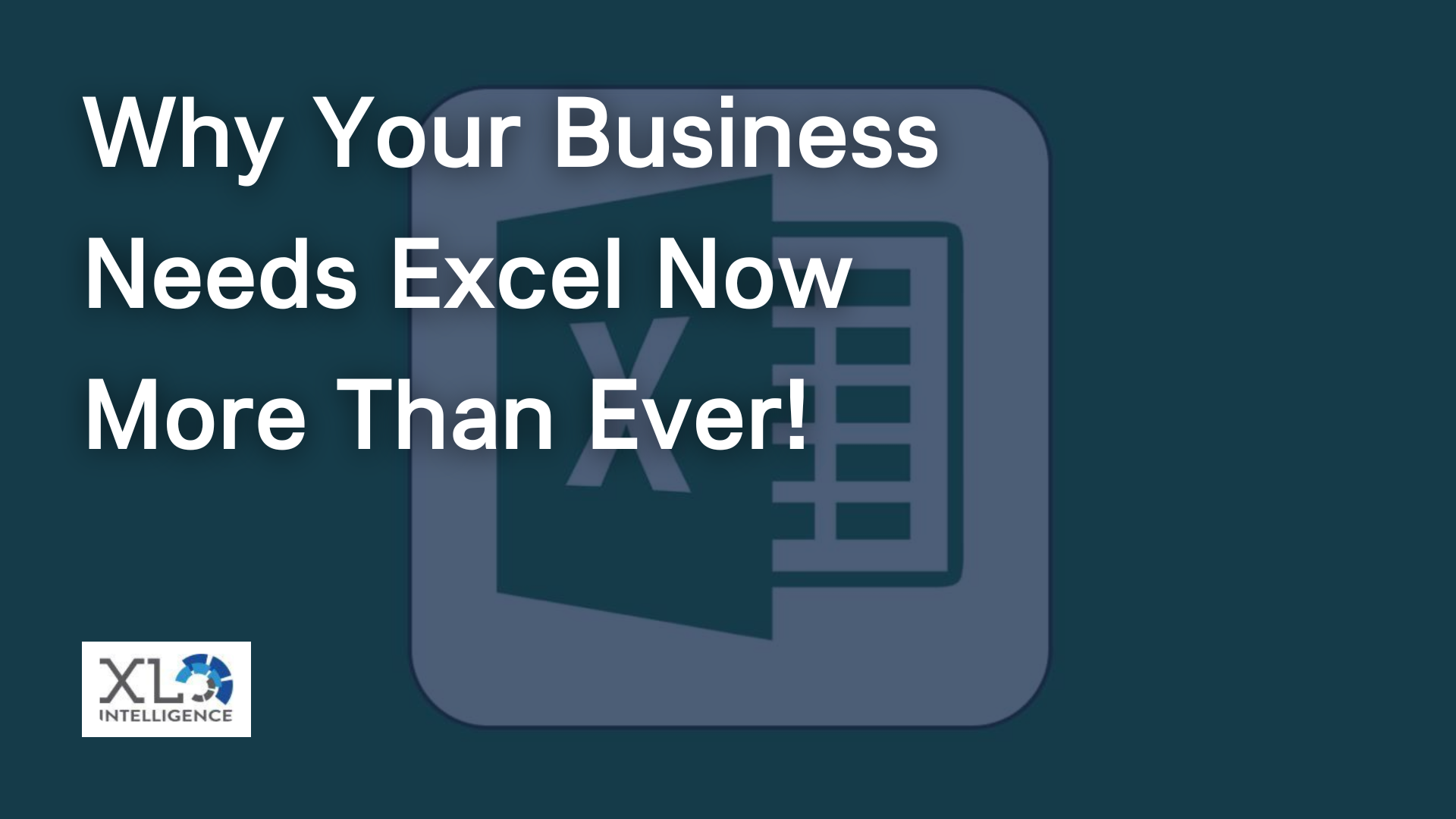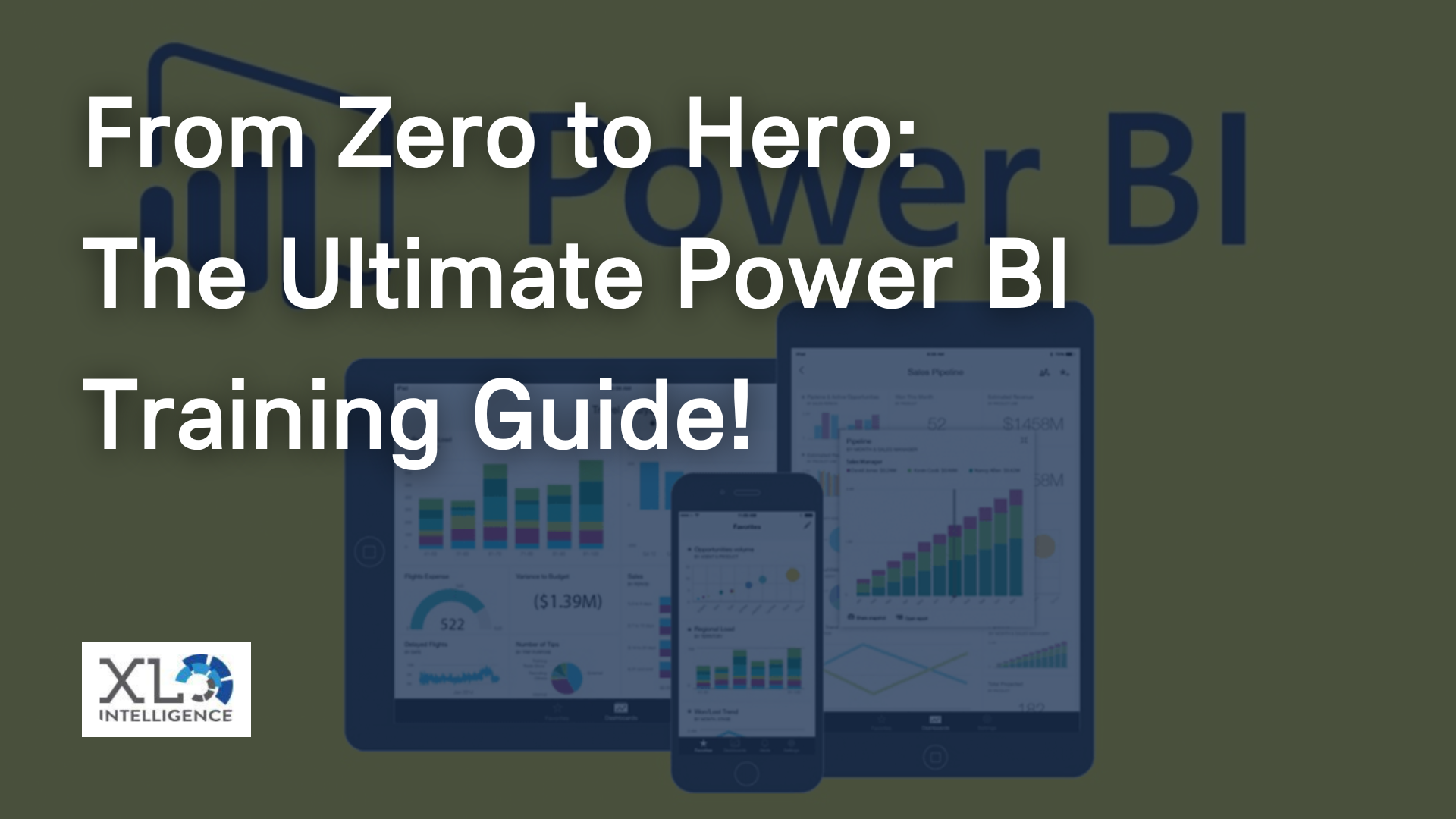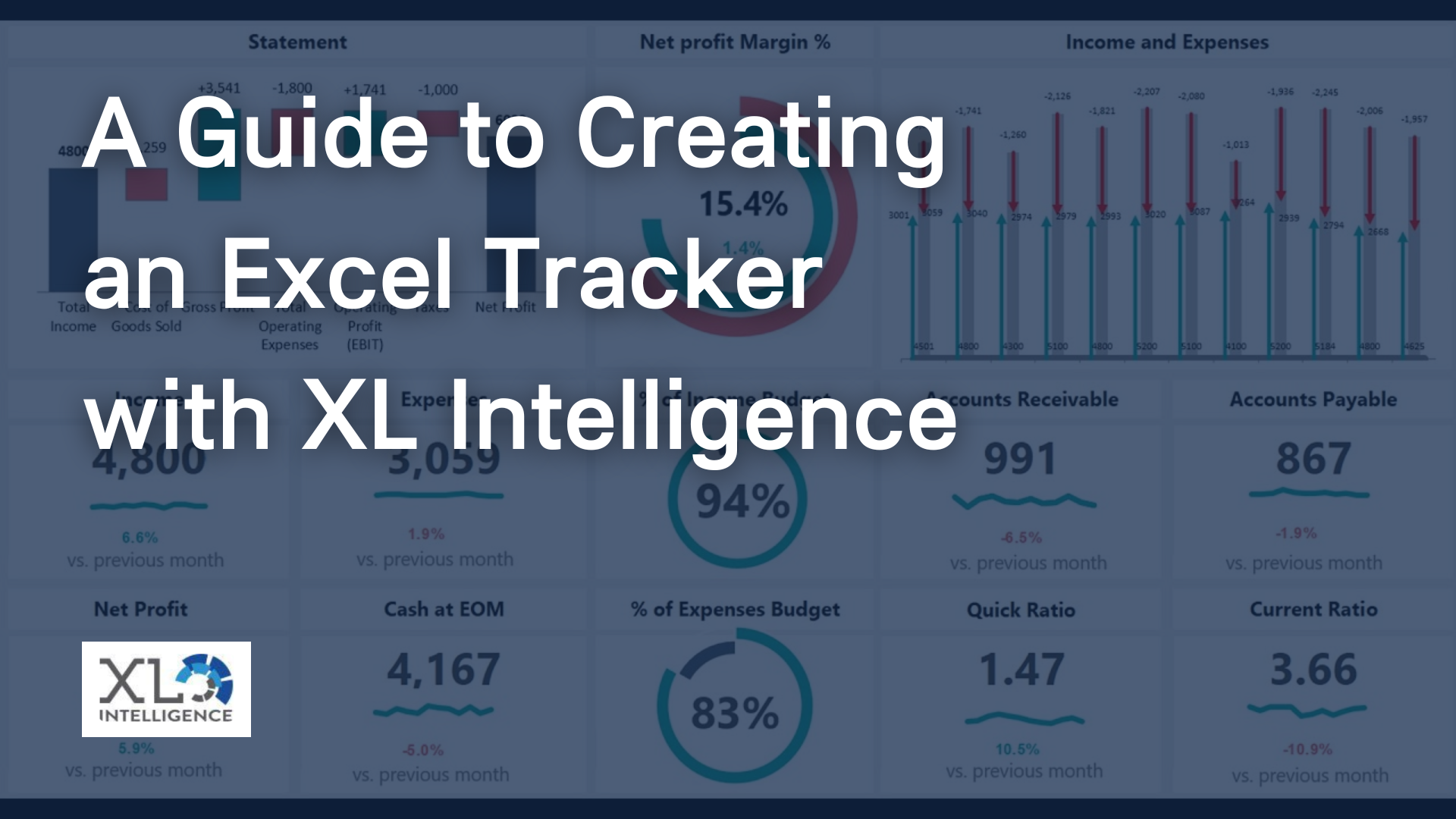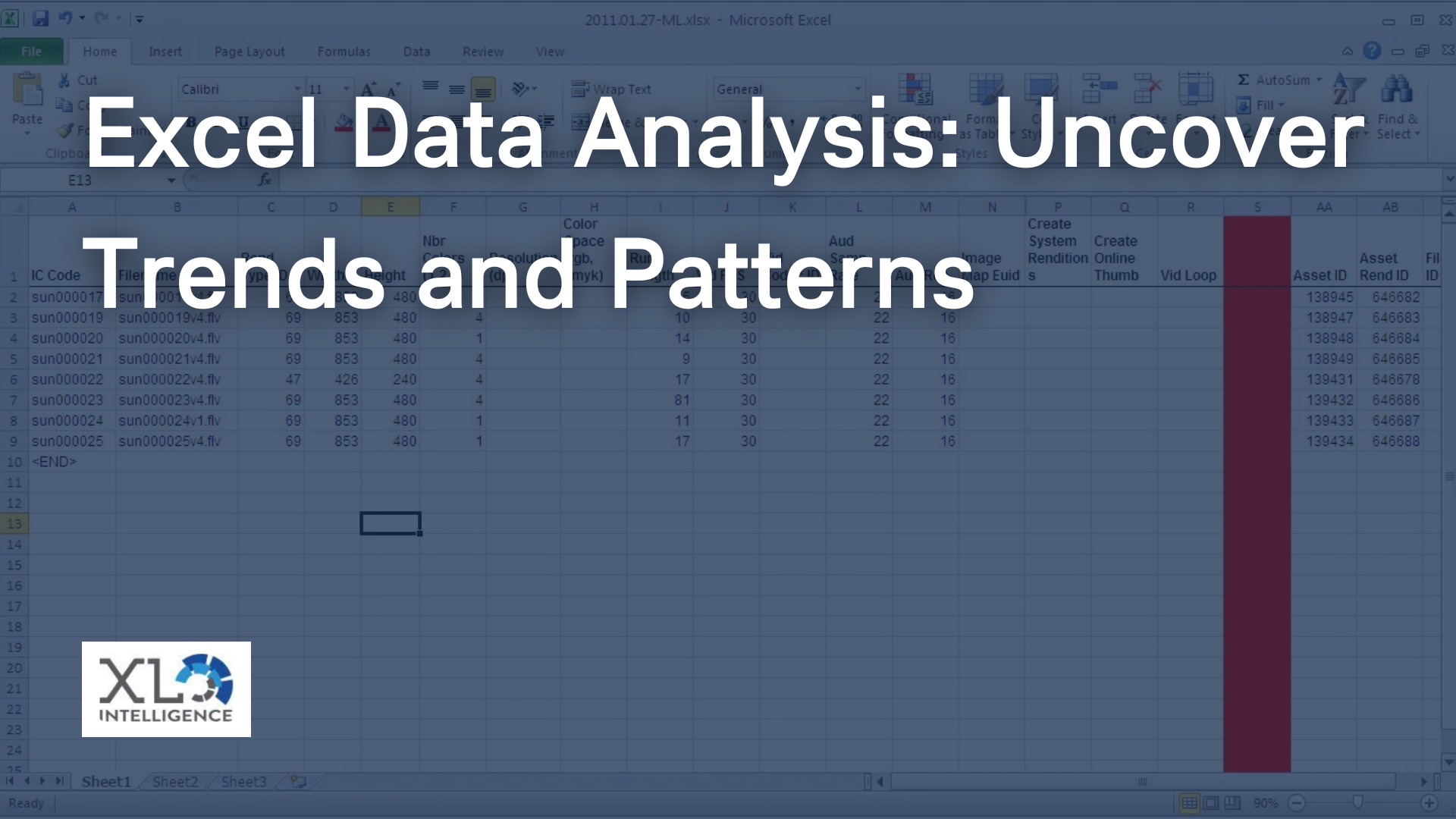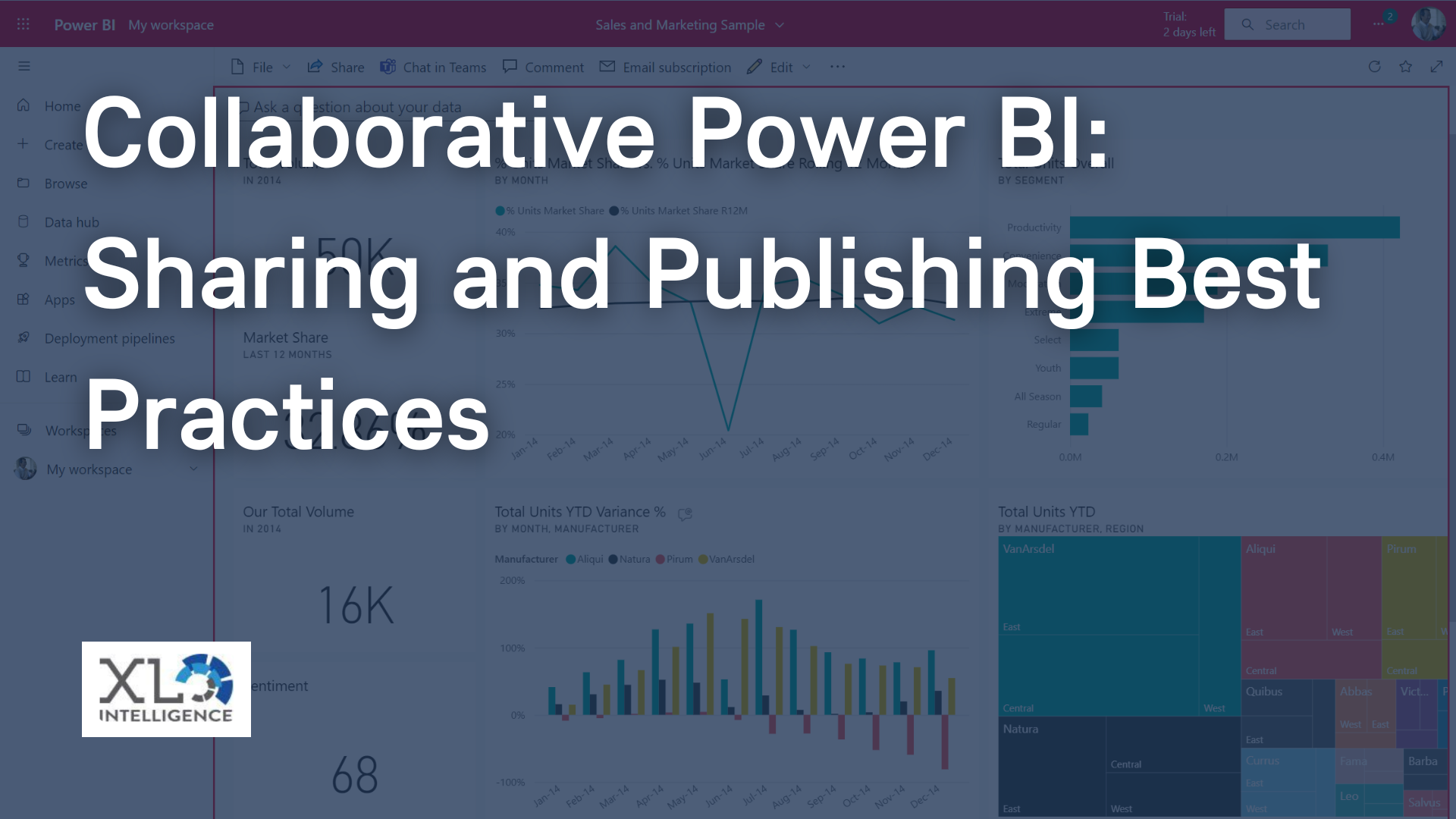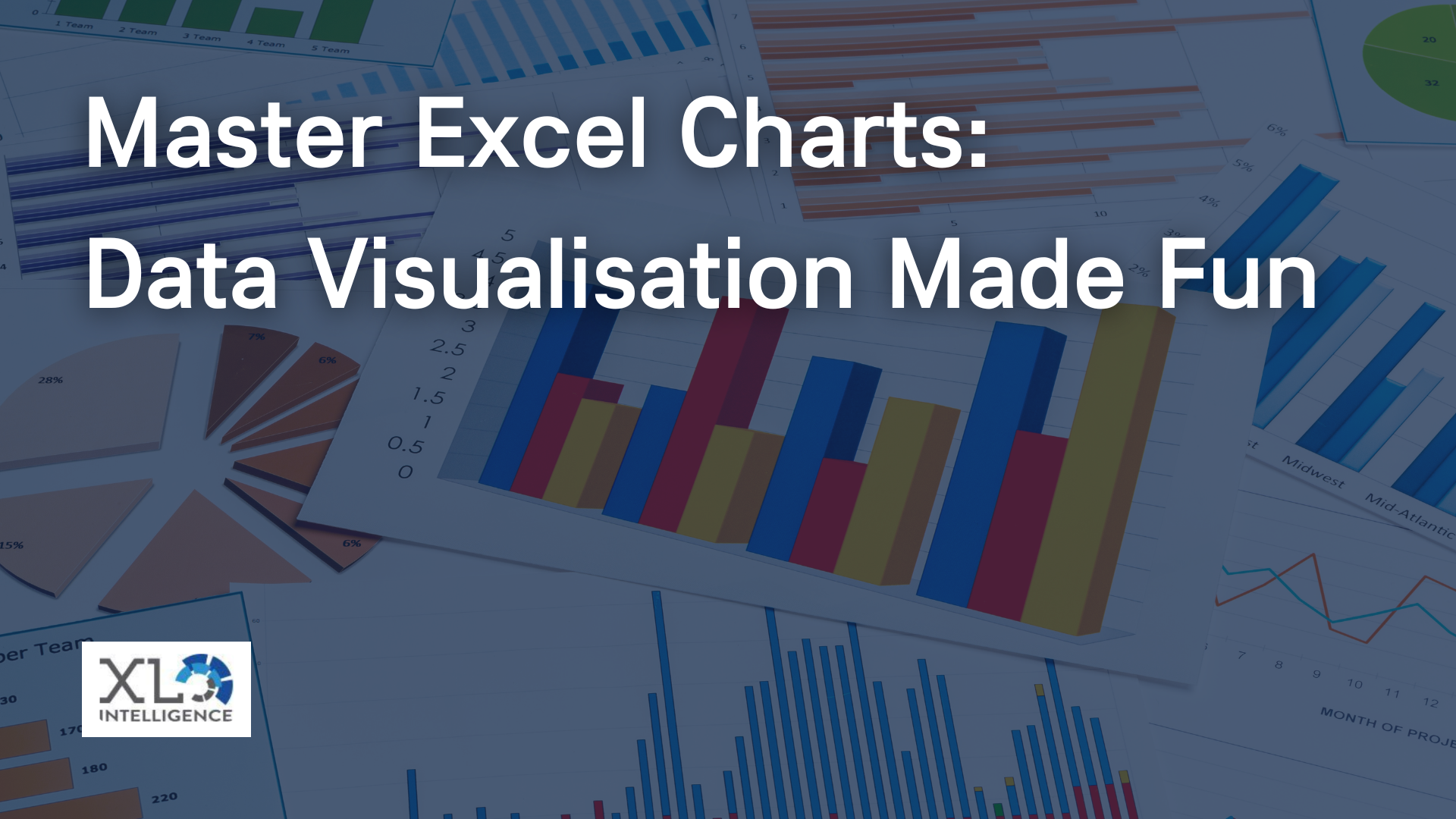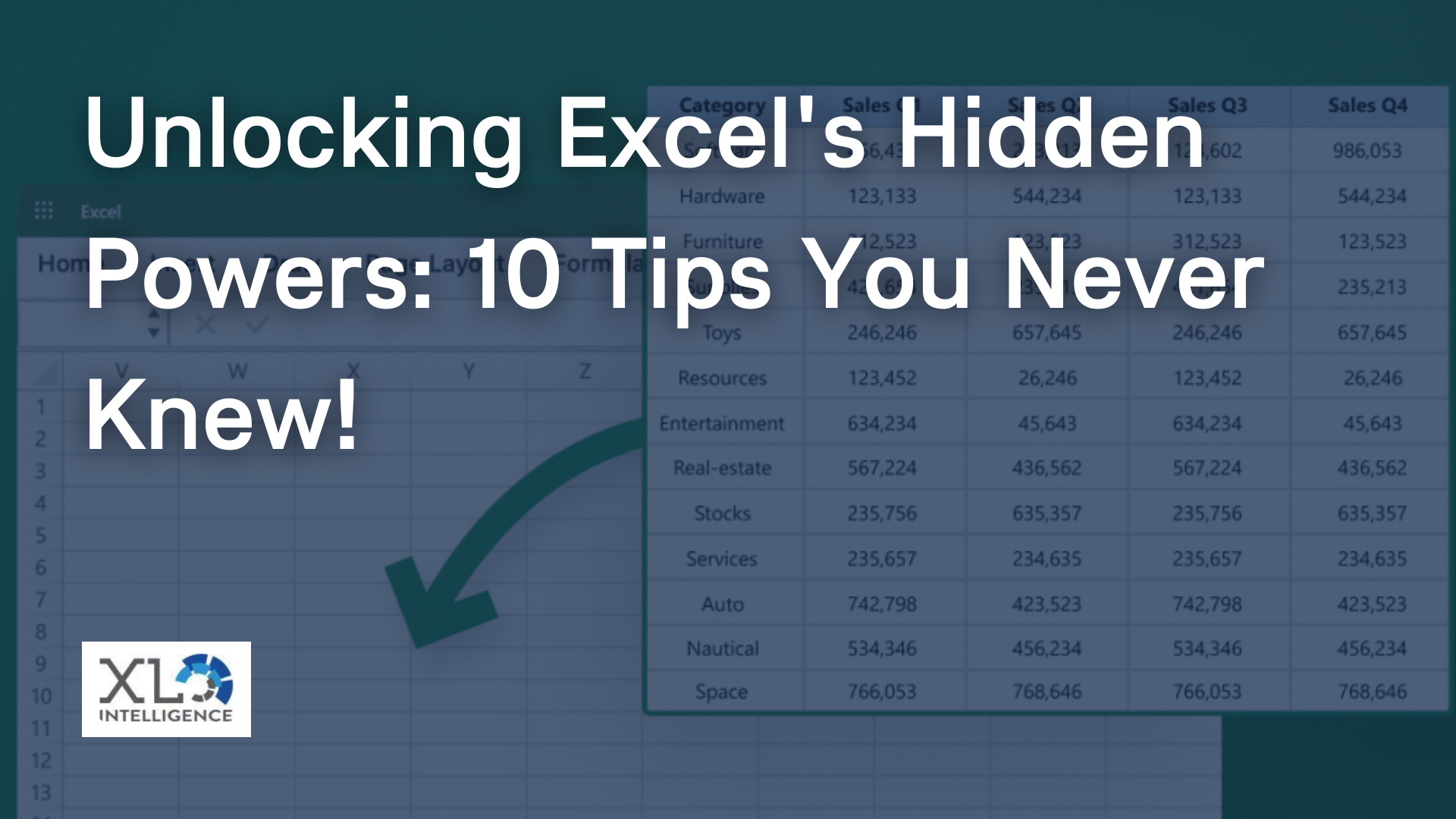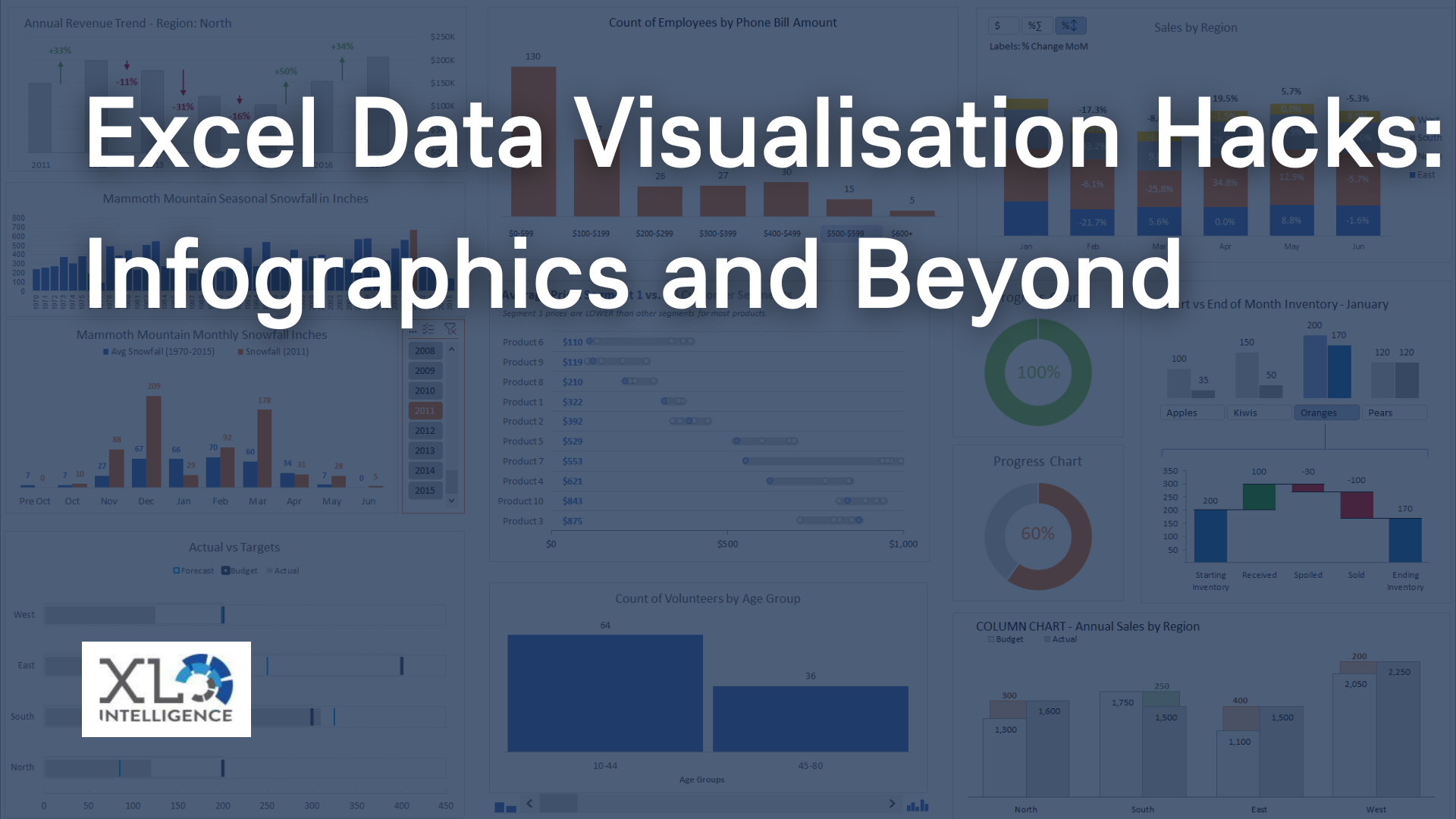Automating data analysis with Power BI is an efficient way to save time and improve accuracy. Power BI offers a range of tools and functions that can help businesses and organizations make sense of their data.

Automating data analysis with Power BI Consultancy can help businesses gain valuable insights into their operations, save time, and improve accuracy. In this article, we will explore how to automate data analysis with Power BI Consultancy.
Automating data analysis with Power BI Consultancy can help businesses and organisations of all sizes gain valuable insights into their operations. To get started with automating data analysis in Power BI Consultancy, it is important to have a solid understanding of the tool and its features. We offer several training courses on Power BI, including a path for getting started with data analysis using Power BI. These courses can provide valuable insights into how to use Power BI to perform data analysis and automate data analysis processes.
Power BI Consultancy is a specialised service provided by Microsoft that helps organisations get the most out of Power BI. It includes services such as data modelling, report design and custom development. When it comes to automating data analysis, Power BI Consultancy offers several benefits:
- Access to Automated Insights: Microsoft has announced that Automated Insights will be coming to Power BI later this year[1]. This will combine all Power BI AI functionality into a single end-to-end experience catered to the needs of businesses and organisations.
- Data Lineage and Impact Analysis: Power BI Consultancy also offers data lineage and impact analysis, which allows businesses to visualise the entire data journey from a given workspace and determine upstream and downstream dependencies of Power BI artefacts. This can help businesses derive impact analysis, examine artefact information, and take action when needed.
- Power Automate Visuals: Power BI Consultancy can also help businesses create Power Automate visuals in Power BI reports, which allows end-users to run automated flows by clicking a button in the report[2]. These flows can be data contextual, meaning that the flow inputs can be dynamic based on the filters the end-users set.
When it comes to automating data analysis with Power BI Consultancy, there are several steps businesses can take:
- Data Modelling: Effective data modelling is essential for automating data analysis in Power BI Consultancy. Businesses should focus on creating a solid data model that can be used across multiple reports and visualisations.
- Report Design: Report design is another critical aspect of automating data analysis in Power BI Consultancy. Businesses should focus on creating reports that are easy to understand, visually appealing, and contain actionable insights.
- Custom Development: Power BI Consultancy also offers custom development services, which can help businesses create custom visuals, data connectors, and other tools that can automate data analysis.
- Power Automate: Businesses can also use Power Automate to automate data analysis in Power BI Consultancy. This involves creating automated flows that can be triggered based on specific events or data-driven alerts[3].
Automating data analysis with Power BI Consultancy can help businesses gain valuable insights into their operations and improve their decision-making processes. By following the steps outlined in this article and taking advantage of the services offered by Power BI Consultancy, businesses can save time, improve accuracy, and gain a competitive edge in their industry.
For more of the latest news about Microsoft
Excel &
Power BI click
HERE.

